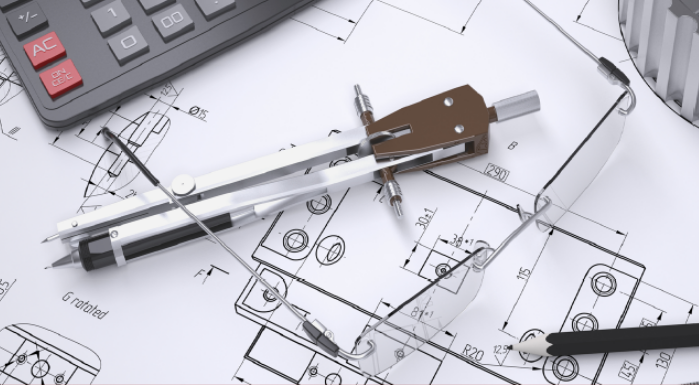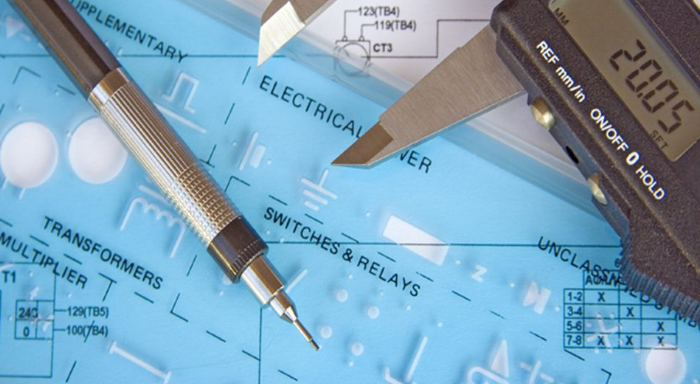
In the professional field of the OEM manufacturer the phrase configure-to-order is often mentioned. It is regarded as the answer to the ever increasing competition from low-cost countries as China. But if this would be a solution, what could be the reasons to switch to configure-to-order?
From customisation to configure-to-order
For an OEM manufacturer, making customised machines for each individual client is expensive and takes up a lot of time. The solution can be found in modular product families in which, by means of a product configurator, client-specific orders can be generated. I have discussed the roadmap to configure-to-order in an earlier article.
Configure-to-order means that you do not have to come up with new solutions all the time, but that solutions are comprised of standard modules. This way, clients will still get a client-specific solution, but the road leading to it is standardised.
The difference between customisation and configure-to-order, primarily involves the processes. With regard to a modular product family, existing processes continue to be repeated, instead of creating new processes.
This advantageous in several ways:
Processes and end product are getting better
Because processes that lead to the end product are recurring, it is better to optimise these processes. In other words: the processes are getting better, and as a result the end product also gets better.
You could think of processes such as:
- Optimisation of the assembly process;
- Finding the right parts and suppliers;
- Automating certain recurring processes.
Less error-prone
The recurrence of processes means, besides optimalisation, that performance is also improving. Earlier mistakes are avoided and because of that the quality of the end product becomes more consistent and production will be faster.
A shorter time to market
Switching to configure-to-order also means that time to market will become shorter. Because processes can run parallel to each other, waiting time will disappear too. Also, the tests that need to be done, are standardised and this too will save a lot of precious time.
You can use the time that is left for optimising existing processes and new developments. A big advantage for every OEM developer.
Configure-to-order is cheaper
Going through a trajectory that is largely made up of existing, optimised processes, is of course cheaper than developing a new trajectory that will be used only once. This way, it is possible to face the increasingly fierce competition from low-cost countries such as China.
Conclusion
Switching to configure-to-order optimises the entire process up until the client-specific order. Instead of customisation, the order is composed of standardised parts and modules. This creates the possibility to optimise processes and get rid of any errors. The consequence is a shorter time to market and a cheaper trajectory.
Would you like to know more about configure-to-order and modularisation? Make an appointment now!











